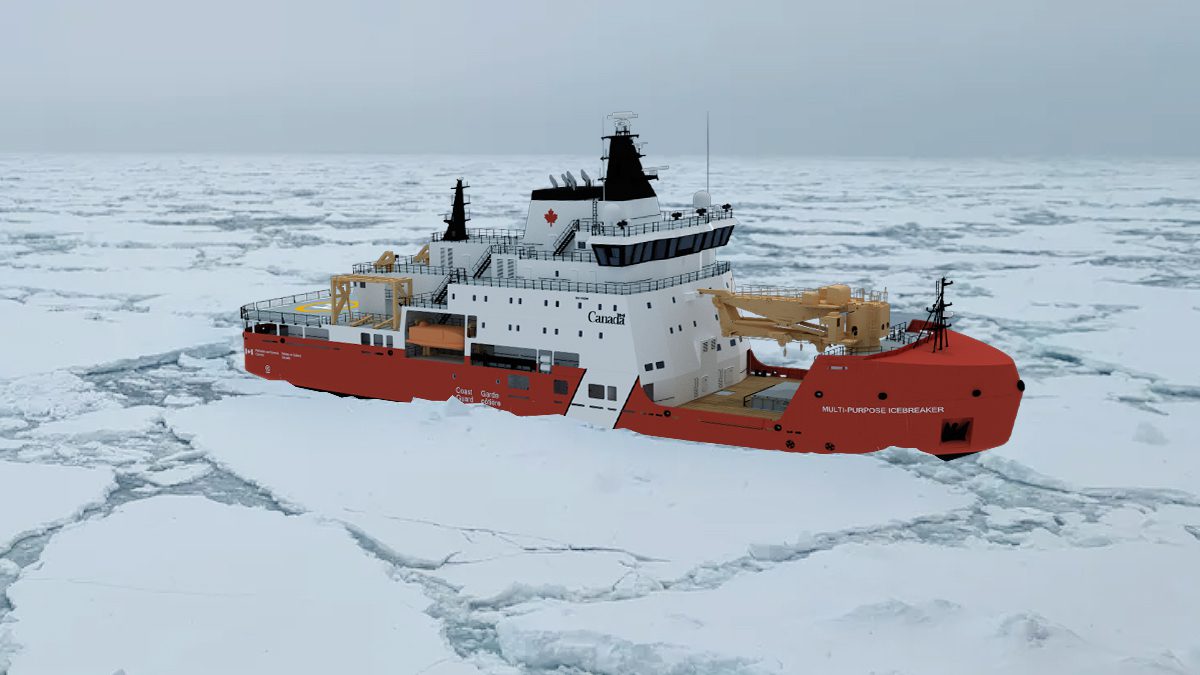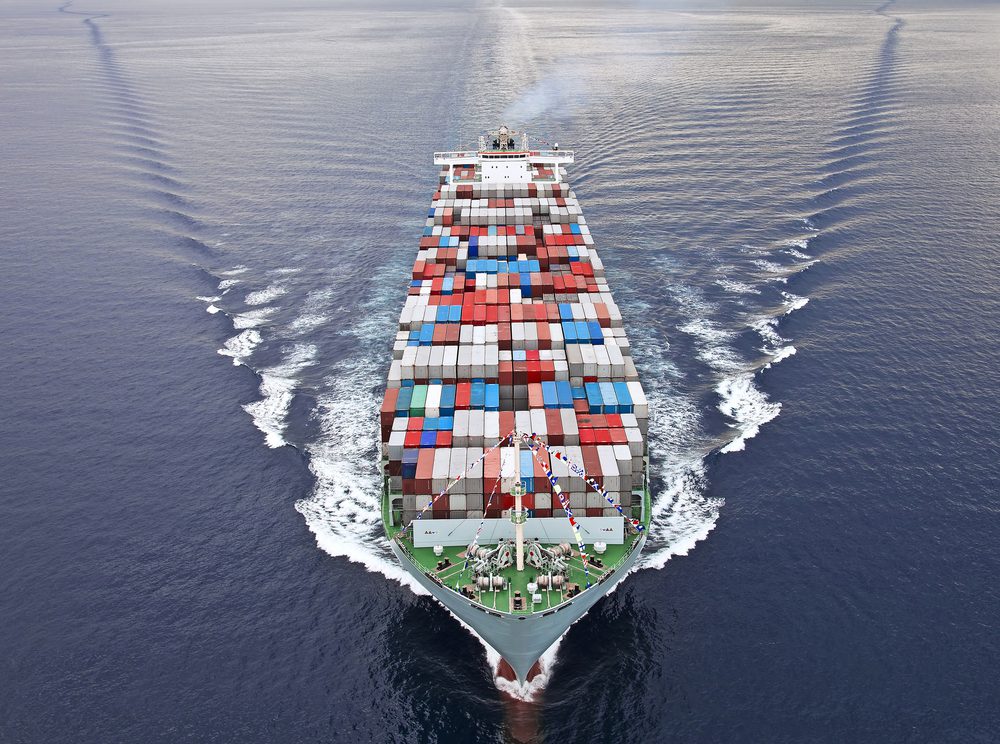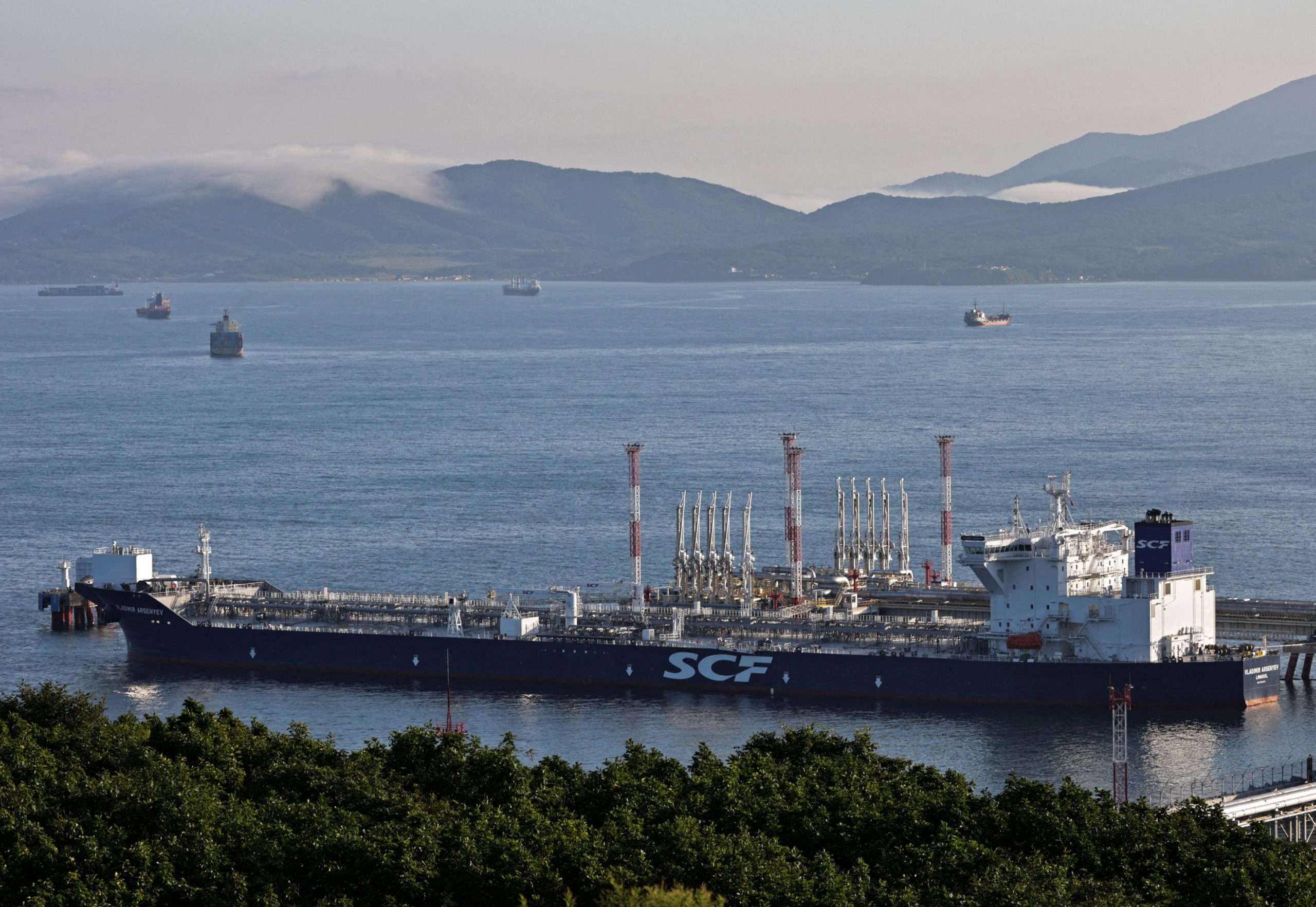Seaspan Shipyards has completed a critical milestone in the Canadian Coast Guard’s ambitious Multi-Purpose Icebreakers (MPI) program, successfully concluding the Functional Design Review Meeting for the first six vessels in the program. The North Vancouver-based shipbuilder is now advancing to production drawings in preparation for future construction.
The Canadian Coast Guard plans to build up to 16 MPIs in three separate flights, each with variations in mission profile and capabilities. All design work is being conducted in-house at Seaspan and is reportedly proceeding on schedule and under budget.
“As North America’s leading icebreaker shipyard, Seaspan has built the largest and most capable marine design and engineering team in Canada,” said John McCarthy, CEO of Seaspan Shipyards. “The MPI program represents a significant part of our portfolio under the National Shipbuilding Strategy, and we are excited to begin building this long run of ships supporting long-term shipbuilding opportunities for generations of Canadians.”
The vessels are classified as Polar Class 4 icebreakers with advanced capabilities for continuous operation in heavy ice conditions. They will perform multiple missions including maritime search and rescue, environmental response, and maintaining Canada’s extensive marine navigation system of approximately 17,000 navigation aids.
With a displacement exceeding 8,500 tonnes, the MPIs will measure 99.9 meters in length and 20.3 meters in width. They will accommodate up to 50 personnel and can continuously break through one meter of ice. Their operational area will include year-round service along Canada’s eastern and western seaboards, the Gulf of St. Lawrence, the St. Lawrence River, the Great Lakes, and seasonal summer operations in the western and lower Arctic.
“A strong Canada needs a strong Coast Guard,” said Canadian Minister of Government Transformation, Public Works and Procurement, Joël Lightbound. “Through the National Shipbuilding Strategy, our government is building the modern, resilient fleet our country needs to protect its waters, respond to emergencies, and serve coastal communities.”
Beyond the Canadian program, Seaspan has positioned the MPI design for international customers. Just last week, the company announced a strategic partnership with Bollinger Shipyards, Rauma Shipyards, and Aker Arctic to compete for the U.S. Coast Guard’s Arctic Security Cutter (ASC) program. The consortium claims its proposal offers the “lowest-risk, fastest delivery solution” with the ability to deliver the first vessel within 36 months of contract award.
“The Seaspan-Aker MPI design is the most mature, construction-ready design available, and we’re bringing proven capability, hard-earned lessons, and unmatched U.S. capacity to get it built,” said Ben Bordelon, President and CEO of Bollinger Shipyards.
According to the partners, the Seaspan-Aker MPI design exceeds all U.S. Coast Guard ASC requirements. The vessel can break through four feet of ice, travel 12,000 nautical miles, and operate for over 60 days. The strategic partnership leverages the trilateral ICE Pact framework between the United States, Canada, and Finland.
Seaspan is also currently constructing one heavy polar-class icebreaker (Polar Class 2) for the Canadian Coast Guard, with construction beginning in April 2025. The first delivery of vessels under the MPI program is expected in 2028.
Since 2012, Seaspan has contributed more than $5.7 billion to Canada’s GDP while creating or sustaining more than 7,000 jobs annually, according to a Deloitte economic analysis.

 Join The Club
Join The Club











